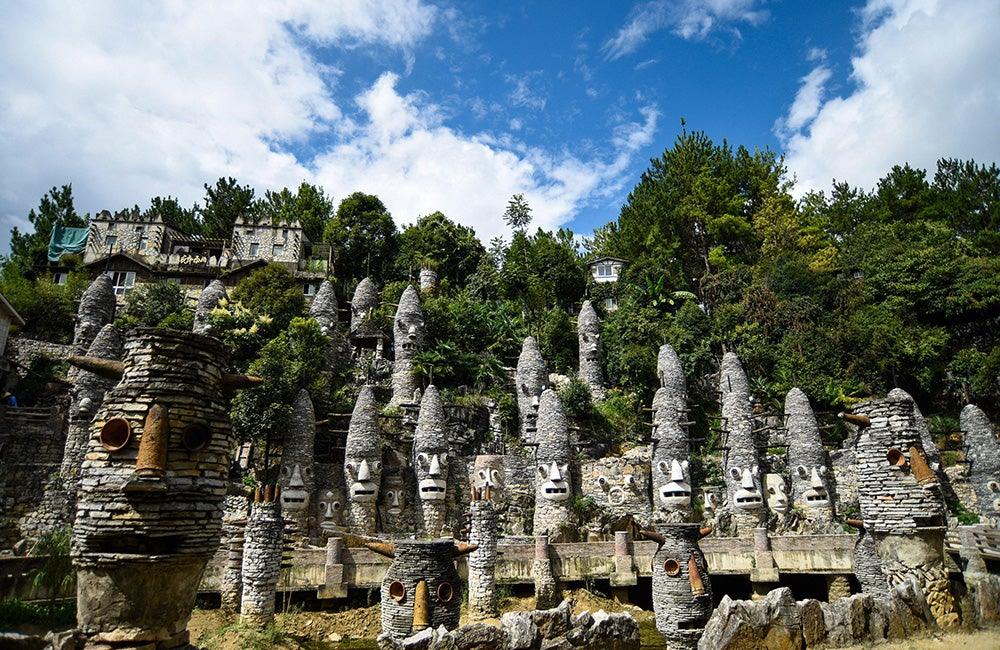First published: Winter 2018
Twenty years in the making and still only half-complete, a castle stands in a remote corner of China with a message for future generations
In a secluded valley in Guizhou province, south-west China, there is a sight to behold – a sight seemingly centuries old and untouched by modern life. In fact, Yelang Valley, a castle of stone statues, dates back to just 1997 and is the creation of 78-year-old artist Song Peilun. It covers almost 20 hectares of land and, although Peilun has been building it for over two decades, Yelang Valley is still a work in progress and he says that he will not live to see its completion.
A former Chinese professor, Peilun gave up his academic career in 1996 and took a job in Florida, USA, consulting on a Chinese-culture theme park. While stateside, he visited the Crazy Horse Memorial in South Dakota – it made a great impression on him and he noticed the parallels between Native American culture and that of ethnic minorities in Guizhou. He returned to his homeland a year later with thoughts of creating a village of art exhibitions in Guizhou, but relations with a business partner turned bad, and instead he dedicated himself to what he really wanted to do: build a castle. He was motivated, he says, by his strong aversion to city life. He wanted to re-introduce a forgotten, primitive culture to the world; an oasis untouched by commercialism and the modern-day motivation of quick success and instant gratification.
Yelang Valley certainly has the feel of a bygone age – an imposing, tiered fortress of piled stones, it gives the impression of having emerged from the soil of the hillside. A maze of craggy towers and totems reaching up to the skies; figures and faces, with staring eyes and gaping mouths, standing sentry; crumbling walls and arches, and winding steps – all interspersed with lush, green trees, shrubs and grass, and balanced on the bank of a meandering river. The creation seems at once like an organic, geological manifestation, and the painstaking endeavour of an ancient civilisation to protect itself and to celebrate its existence. Although much smaller and less palatial, Yelang Valley bears some resemblance to Angkor – now an archeological site in today’s north-west Cambodia, it was the capital of the Khmer empire from the ninth to fifteenth centuries. It boasts monumental towers, thousands of sculpted figures and huge faces, as well as imposing Buddhist temples such as Angkor Thom.
Peilun does not cite Angkor as an inspiration; he says that his work is intended as a homage to Guizhou’s local Nuo religion, which originally practised sacrificial rituals to expel evil spirits and pestilence. Yelang Valley’s origins are also embedded in Chinese legend and the bedtime stories of castles and monsters that Peilun’s grandparents told him when he was a child. More recently, he has been influenced by history books, art exhibitions and even his grand-daughter’s drawings.
This is an article extract; read the full article in Raw Vision #100




